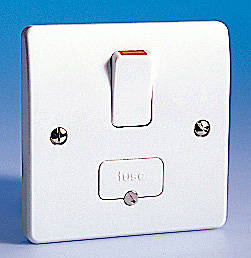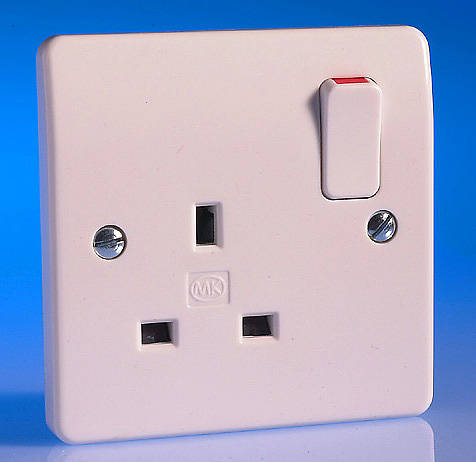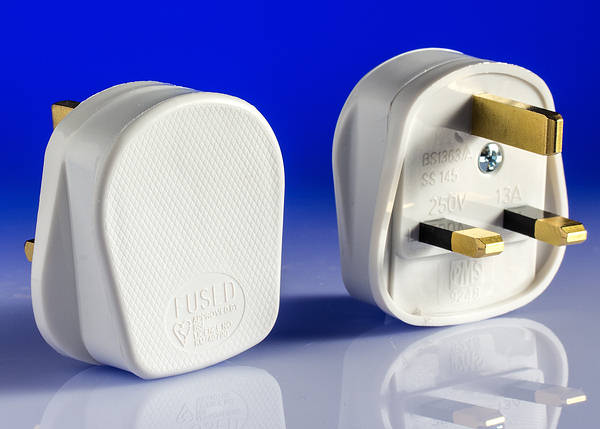Hi
How difficult is it to simply switch an FCU 13Amp socket to a plug socket? I.e is it as simple as changing the face plates?
I could get an electrician to come out and do it if it is difficult to do but if it's as simple as wiring an electric cooker then... I could probably DIY it and save myself £150!
How difficult is it to simply switch an FCU 13Amp socket to a plug socket? I.e is it as simple as changing the face plates?
I could get an electrician to come out and do it if it is difficult to do but if it's as simple as wiring an electric cooker then... I could probably DIY it and save myself £150!






